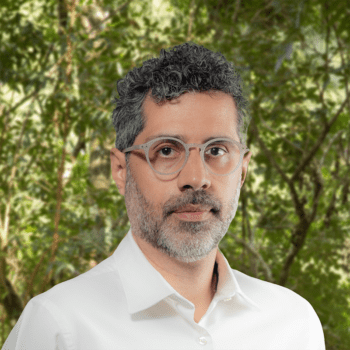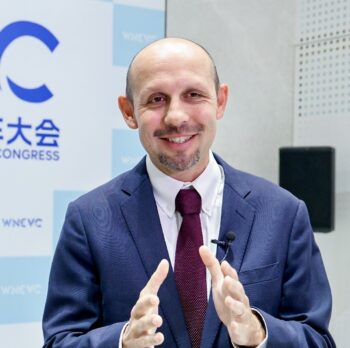Press Room
Press releases
Private jets emitted more climate pollution than all flights departing Heathrow Airport in 2023
This first comprehensive emissions inventory shows that one private jet emits as much climate pollution as 177 cars or nine heavy-duty trucks. (San Francisco/Berlin), 27 June 2025 — A groundbreaking new study from the International Council on Clean Transportation...
Chinese Automakers Gain Ground in Global EV Race as Other World Leaders Risk Falling Behind
New ICCT report reveals China's growing advantage in EV sales as BYD edges past Tesla in global BEV sales for the first time. WASHINGTON (June 17, 2025) – The International Council on Clean Transportation (ICCT) today released its third annual Global Automaker Rating,...
60% of all trips in Delhi are under 4 km, but no buses serve the first mile: New Study
हिंदी में पढ़ें. New Delhi, 19 May, 2025: Six in ten daily trips in Delhi are under 4 km, yet long-haul buses continue to dominate the city’s network. New study by The International Council on Clean Transportation (ICCT) highlights how aligning transit services with...
Public comments and testimony
ICCT comments on the U.S. Treasury’s initial guidance for the Section 45Z Clean Fuel Production Credit; Emissions Rates
ICCT comments on the European Commission proposal to introduce a 3-year “averaging” provision for the CO2 standards regulation for new cars and vans
Download PDF
ICCT comments on the U.S. Department of Agriculture’s Technical Guidelines for Climate- Smart Agriculture Crops Used as Biofuel Feedstocks
News and announcements
Request for proposals: Assessment of labor and cost impacts of zero-emission HDV charging and distribution grid infrastructure investments in the U.S.
The ICCT is looking for a consultant to conduct research on the labor and cost impacts of heavy-duty vehicle charging infrastructure in the United States.
Request for Proposals: Understanding the business case for charging infrastructure
This request for proposals (RFP) seeks an experienced consulting group, individual, or consortium with demonstrated expertise in electric vehicle charging to collaborate with and conduct original research for the International Zero-Emission Vehicle Alliance.
Request for Proposals: Quantifying the environmental justice impacts of zero-emission vehicles
This research report would review available data on the distribution of ZEVs within major markets. Through dialog with environmental justice experts and new research, it would then assess how environmental justice communities may be affected by changes in air quality, climate change impacts, changes in vehicle ownership costs, and workforce impacts posed by ZEVs.
Policy Experts
ICCT researchers and policy analysts available to answer media inquiries are listed below. A full staff list is available, or send a general press inquiry.
Filters

Drew Kodjak
President / CEO

Marcel Martin
Brazil Managing Director

Rachel Muncrief
Executive Director

Stephanie Searle
Chief Program Officer

Carmen Araujo
Regional Lead

Amit Bhatt
India Managing Director

Hui He
China Managing Director

Ray Minjares
Heavy-Duty Vehicles Program Director, Global / San Francisco Managing Director

Peter Mock
Europe Managing Director / Regional Lead

Dan Rutherford
Senior Director of Research

Bryan Comer
Marine Program Director

Oscar Delgado
Heavy-Duty Vehicles Program Director, Latin America and India
